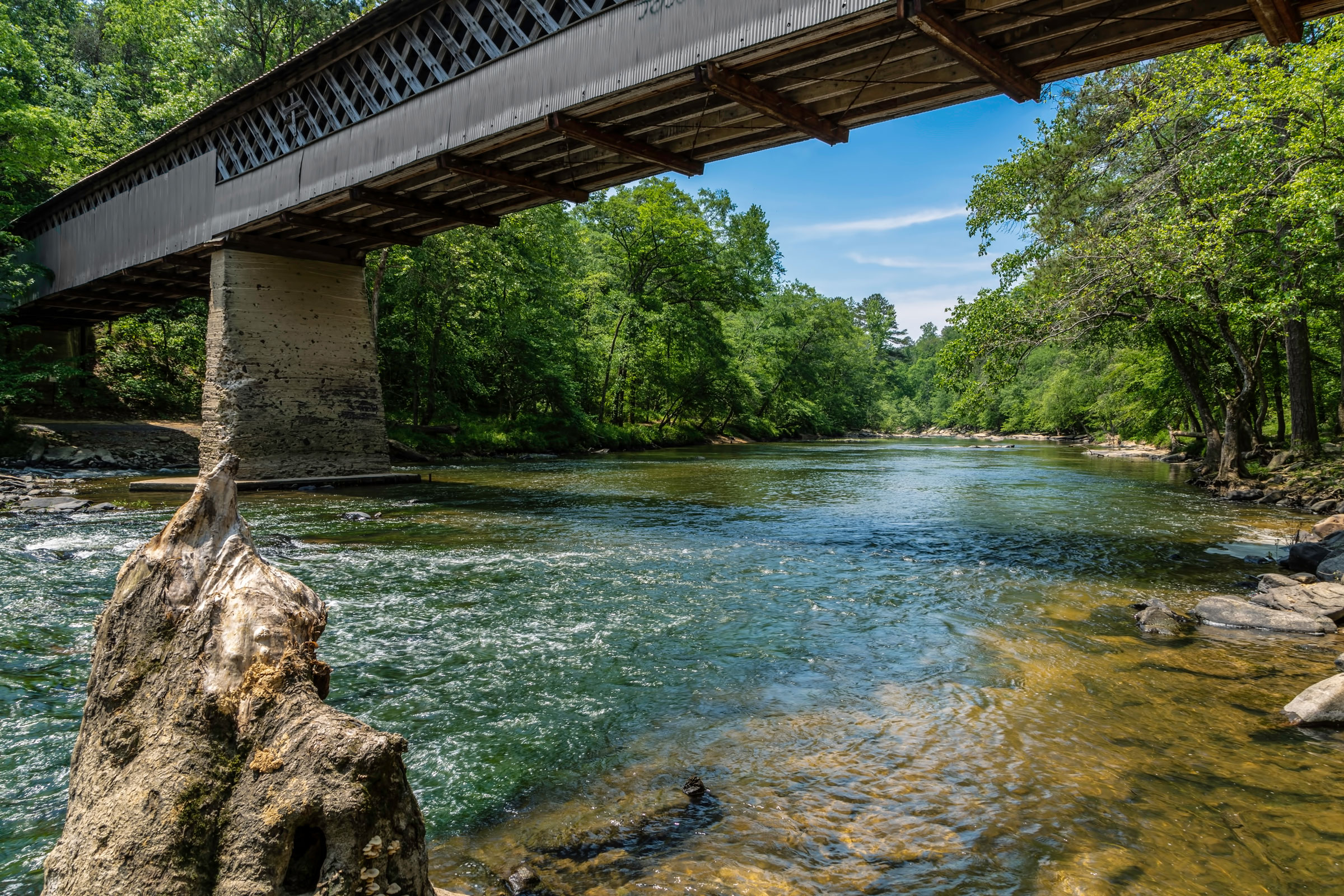The Alabama Water Institute has three main focus areas: CIROH (Cooperative Institute for Research to Operations in Hydrology), GWSC (Global Water Security Center), and COSNERVE (Community Oriented Nature-based Science for Ecosystem Restoration and Versatile Engineering). These focus areas are complimented by faculty affiliates in a wide range of disciplines.
Our Story
Water is not only vital for life, but also for our daily lives as we know it—from powering industries and supporting agriculture to fueling electricity generation, facilitating transportation, maintaining public health, and providing avenues for recreation. Water is the backbone of all aspects of our society and economy. Despite its paramount importance, this vital resource also presents significant challenges and the potential for destructive consequences.
In response to this intricate dynamic, The University of Alabama (UA) took a proactive step in 2017 by founding the Alabama Water Institute (AWI). Today, in collaboration with on-campus federal partners from the National Oceanic and Atmospheric Administration (NOAA) and the U.S. Geological Survey (USGS), UA and AWI stand as a national epicenter for groundbreaking water-related research and the development of cutting-edge water technology products.
AWI oversees three influential research programs: (1) the NOAA Cooperative Institute for Research to Operations in Hydrology, (2) the Global Water Security Center, and (3) the CONSERVE Research Group. Each of these programs acts as a catalyst for interdisciplinary collaboration among UA’s colleges and partner entities, uniting experts in engineering, computer science, biology, social science, economics, and more. Together, they address a broad spectrum of water-related challenges on local, regional, national, and global scales, generating crucial information and pioneering solutions essential for shaping a safer and more sustainable water future.

AWI Research Entities
CIROH

CIROH, a partnership between NOAA and The University of Alabama, is a national consortium committed to advancing water prediction – the forecasting of streamflow entering water systems, extreme events such as floods and droughts, and water quality – and building community resilience to water-related challenges. CIROH scientists, from 28 different institutions—both academic and private, work to improve the understanding of hydrologic processes, operational hydrologic forecasting techniques and workflows, community water modeling, translation of forecasts to actionable products, and use of water predictions in decision making. Awarded to AWI in April 2022, this award consists of up to $360 million over 10 years, the largest external award in UA history.
Global Water Security Center
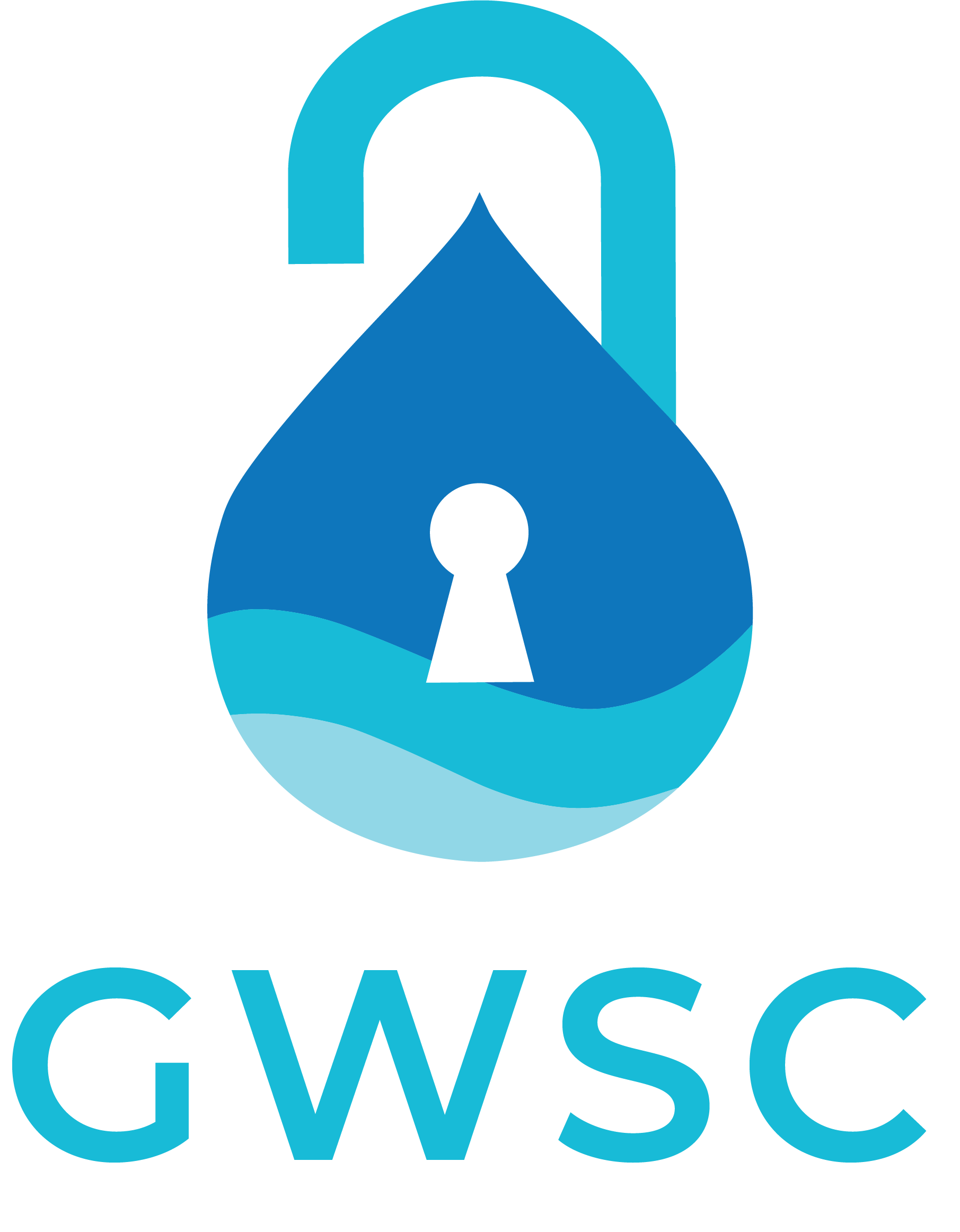
The Global Water Security Center (GWSC) is an applied research and operational center commissioned to respond to our nation’s need for water and environmental security insights. GWSC will inform national and international agencies as well as multi- national companies (MNCs), non-governmental organizations (NGOs), and others with global interests in water quality and quantity impacts on sectors such as diplomacy, transportation, and supply chain management. Through ground-breaking research and analysis, operationalizing applied science, and developing and implementing best practices in risk communications, the Global Water Security Center will create the most reliable water and environmental security-related information tools, and analysis. By communicating to key U.S. decision-makers in contextually appropriate ways, GWSC will aid U.S. water security interests and improve outcomes like water access, food security, economic opportunities, and health.
CONSERVE
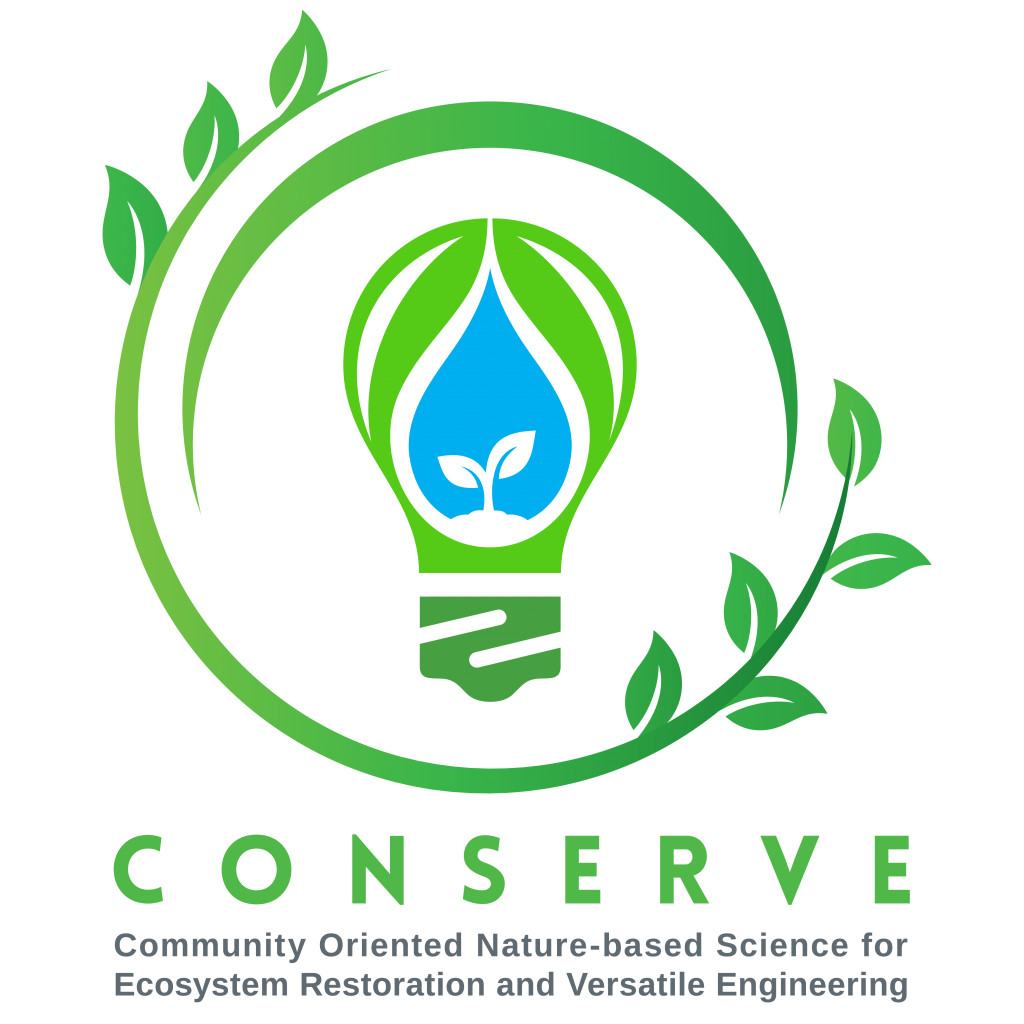
CONSERVE aims to form a community-focused research team addressing complex water-related challenges through interdisciplinary collaboration with local communities, scaling and sharing suitable solutions. By integrating traditional knowledge, fostering equitable and collaborative approaches, and providing student opportunities, CONSERVE strives to build water-resilient and sustainable communities for the future.
Affiliated Research Centers
The Alabama Water Institute will work with researchers across campus who bring their expertise to bear on different sides of the challenges society faces..
Center for Freshwater Studies
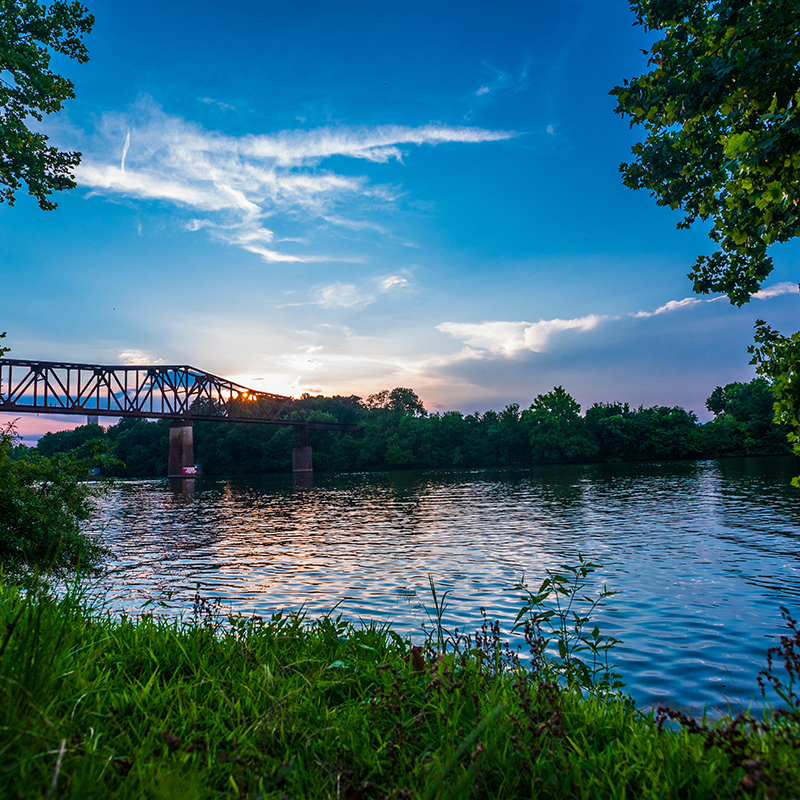
The Center for Freshwater Studies combines the interests of UA faculty with expertise in different areas of freshwater studies and fosters interdisciplinary research and education. Currently 43 faculty from units within four colleges are involved with the center and contribute expertise in biogeochemistry, biodiversity, conservation, ecology, geochemistry, geography, geology, hydrology, water policy/law and water resources management. Research facilities related to the center include an aquatic chemistry laboratory, an optical analysis facility, an aquatic mesocosm facility, geographic information system and remote sensing facilities as well as a facility housing major research instrumentation.
Center for Water Quality Research
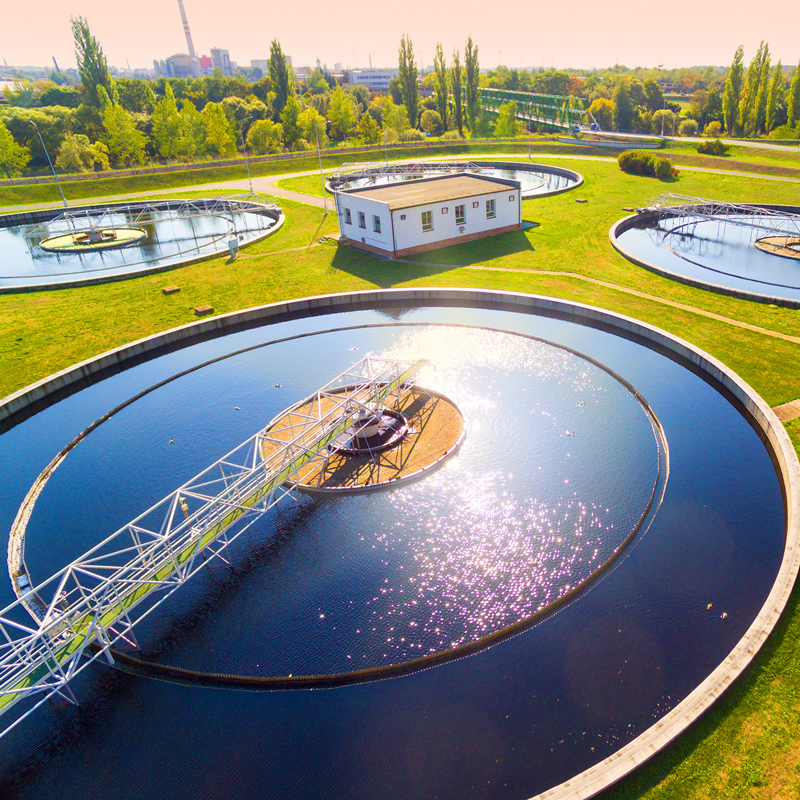
The Center for Water Quality Research serves as a national integrating resource for water and environmentally focused transdisciplinary research and development activities. The center pursues the innovative application of science and engineering principles to collect and transform environmental and water resource information into actionable knowledge that protects public health and promotes environmental stewardship and resilience. With a core capacity in environmental and hydrologic informatics, key research themes include climate and climate change impacts; environmental and water resource management decision support; fate and transport of contaminants in the environment; global water, sanitation and hygiene; hydrologic and frequency modeling; stormwater and emerging contaminants; and water and wastewater treatment.
Center for Complex Hydrosystems Research

The Center for Complex Hydrosystems Research focuses on collaborative research to advance the understanding of hydrologic science through modeling climate-water-human interactions as a complex system, which will result in sustainable management. The center contributes new insights into the coupled interactions between climate, hydrology and water resources through the application and use of data sets and methods; including climate model downscaling, remote sensing, state-of-the art data assimilation, distributed hydrologic modeling, ensemble inference, post-processing and multi-modeling.
Center for Sedimentary Basin Studies
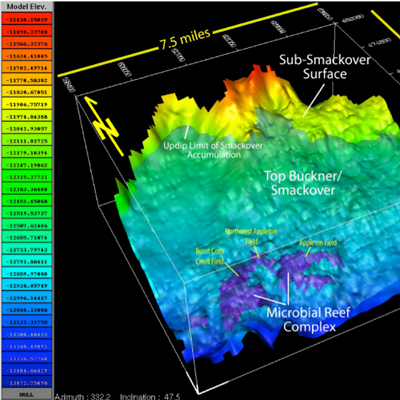
The Center for Sedimentary Basin Studies integrates the work of various scientific disciplines, including geologists, geophysicists, engineers, hydrologists, paleontologists, biologists, computer scientists and scientists and practitioners in other related fields, to examine all aspects of sedimentary basins from an interdisciplinary perspective. Key among its strengths is research on groundwater and surface-water hydrogeology. Faculty collaborate with government agencies, academic institutions and industry on projects that address societal needs in the areas of energy and water resources, environmental issues and geohazards.
Remote Sensing Center
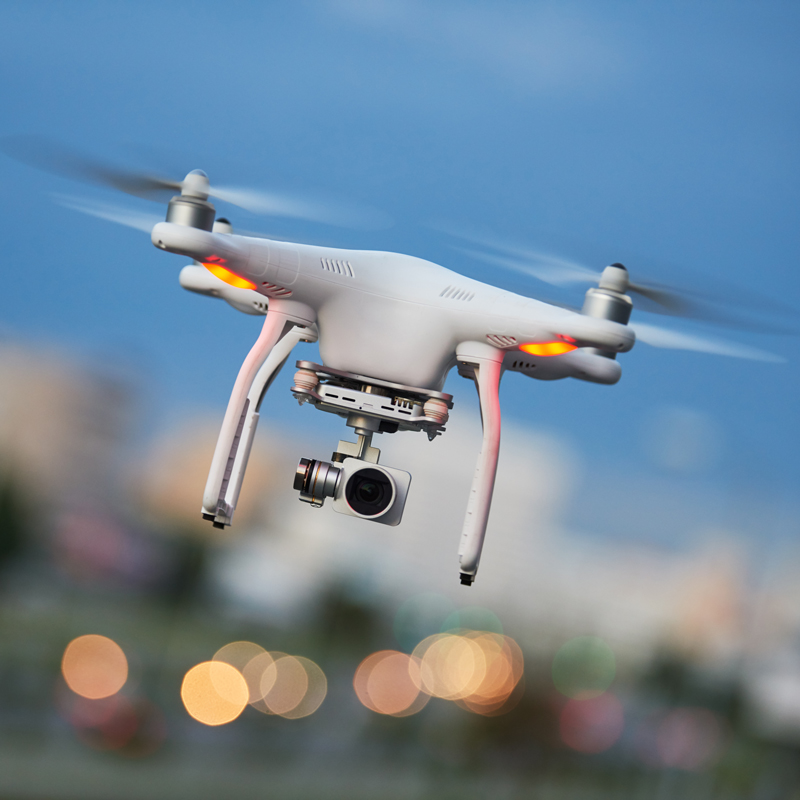
The Remote Sensing Center utilizes radio frequency and microwave engineering as well as radar systems, radar remote sensing and microwave radiometers to the study polar ice sheets, sea ice, ocean, atmosphere and land. The center involves students and researchers in multiple disciplines across campus, as well as using unmanned aerial vehicles, or drones, that carry remote sensing technologies to collect data on surface water and snow depth in the continental United States.
AWI Partners
National Oceanic and Atmospheric Administration
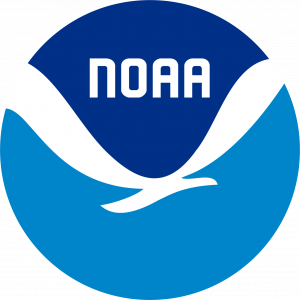
United States Geological Survey
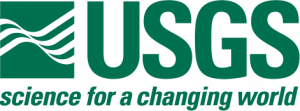
United States Department of Defense
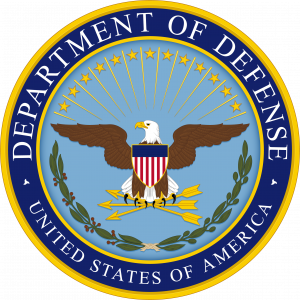
United States Army Corps of Engineers

National Aeronautics and Space Administration
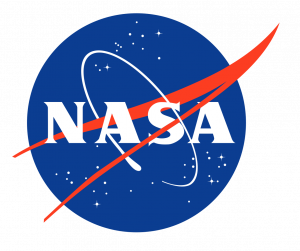
AWI Strategic Plan
Mission
To both carry out cutting edge and applied research and to train the next generation of scientists to provide actionable, novel solutions for a more water-secure world.
Vision
To be internationally recognized as a world-class, multidisciplinary water research institute that provides interdisciplinary knowledge and solutions for critical water problems and issues

Goals
Research Environment — AWI will promote cross-disciplinary, collaborative water research efforts and enhance strategic communications with campus and external stakeholders.
Alabama Research Institutes — AWI will encourage collaboration within existing institutes and centers; look toward development of new water-related centers; and foster water-related research for Alabama’s rural and underserved communities.
Transformative Initiatives — AWI will seek research partnerships with other research universities, both domestic and international and will establish an external advisory board.
Translating Intellectual Property — AWI will encourage faculty and students to pursue patents, commercialization and licensing of their research.
Economic and Business Engagement — AWI will encourage faculty and students to pursue startups, business partnerships, and community use of their research.
